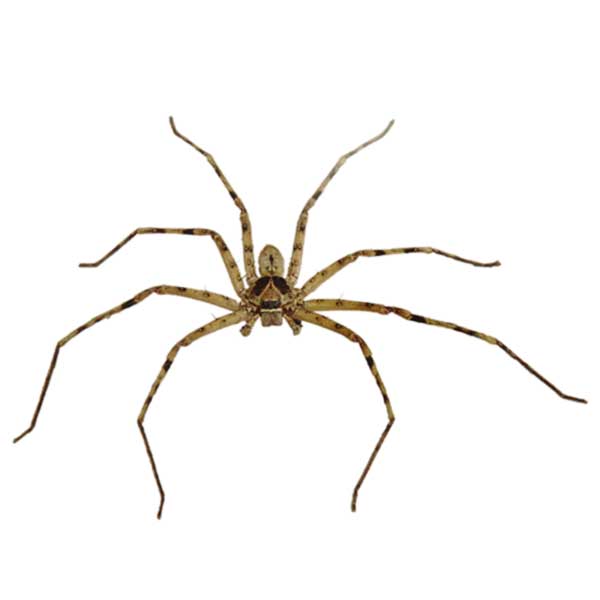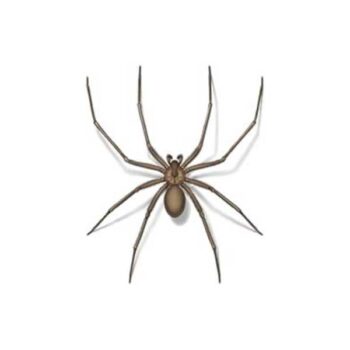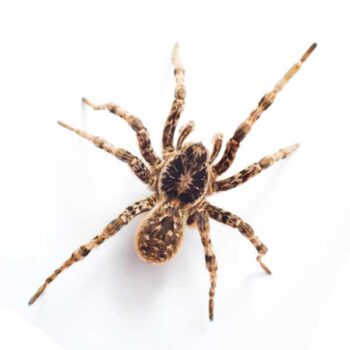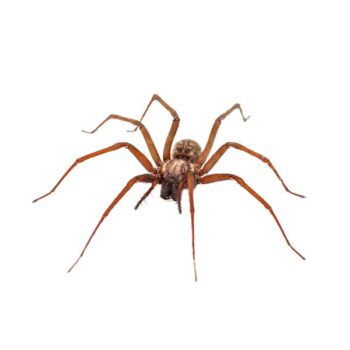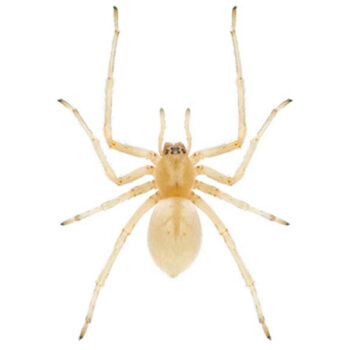Fast Facts![]()
| Color | Spiders range in color from black to white. Rarely solid in color, the pests tend to have different colored markings along their legs, abdomen, and cephalothorax. Frequently, spiders appear brown with darker brown patterns, black with white markings, yellow and black, reddish-brown, and so forth. |
| Size | Due to the sheer variety of species, spiders tend to resist generalizations about their size. Spiders in Wisconsin may remain as small as 1/5″ or grow an inch or more in length. The only universal rule of spider size is that females are significantly larger than males. |
| Appearance | All spiders have two main body sections: the abdomen and the cephalothorax. Each spider also possesses eight legs, which protrude from the body. Additionally, all spiders have mouthparts; chelicerae, or pincer-like appendages; eight eyes, which are arranged in various ways that can be used as a means of family identification; fangs and venom glands; and spinnerets, which are the silk-spinning organs of spiders. |
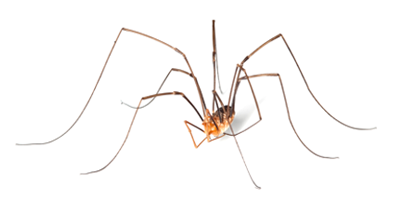
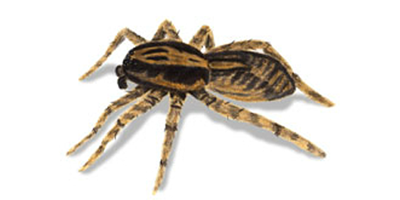
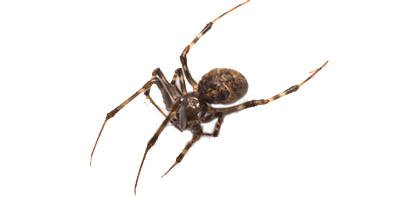
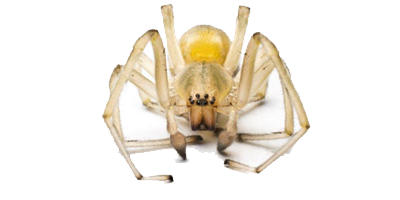
Spider Diet
Though people often find the arachnids unnerving, spiders remain beneficial to humans because of what they eat. Insects, other spiders, and various invertebrates serve as staples in a spider’s diet, therefore, potentially reducing the number of pests we encounter.
Spider Habitats
Spiders spin webs in sheltered areas, often in and around human habitation including houses, garages, and sheds. Inside houses, they are found on walls and in corners close to the ceiling, dropping from ceilings on silk threads.
Spider Life Cycles
Spiders tend to mate between late spring and mid-summer. Females deposit eggs in sacs or cocoons and produce anywhere from 30 to over 1,000 eggs at a time, depending on the species. Many species require several rounds of molting before reaching maturity. The various species of spiders each have unique reproduction habits and lifespans, though some consistencies exist. Lifespans range anywhere from several months to as long as seven years, females typically living longer than males.
Egg Sacs
- Cellar Spiders – The female lays eggs, and may sometimes hold her eggs in her pedipalps (short, leg-like structures attached to the front of the cephalothorax, between the fangs and the first pair of legs).
- Wolf Spiders – Mothers carry their egg sacs around with them attached to spinnerets under the abdomen. When the young hatch, they climb onto their mother’s back where they live for the first few weeks of life.
- House Spiders – The egg sac produced by the female is spherical, covered with a layer of silk, and placed within the web structure. The male will mate several times with the female before dying.
- Yellow Sac Spiders – Eggs sacs are white and papery and are usually attached to the underside of objects. Females remain with the eggs until hatching. The presence of a female with an egg sac is the origin of its name.
Spider Damages
While spiders actually do more good than harm to homeowners, some species are venomous, though most lack strong enough “jaws” to puncture the layers of human skin necessary to cause serious damage. Yellow Sac Spiders can bite and their bites hurt much like a bee sting. Following the bite, there is redness of the skin, itching, and slight swelling. Mostly, spiders are just a nuisance and some people suffer from arachnophobia. Also, the presence of spider webs carries a stigma of uncleanliness.
Signs of a Spider Infestation
Typically, spiders do not congregate in large numbers, which makes infestations a rare occurrence.
Webs
Look for spider webs inside and outside the home.
Sightings
May spot adult spiders climbing on walls or running across the floor in search of insects.
Eggs
Some species of web-spinners and active hunters will leave egg sacs and cocoons inside the home. As spiders tend to produce hundreds of eggs at a time, the sacs and cocoons generally suggest the presence of a large population of the arachnids in the home.
Spider Prevention & Control
Spider Prevention
As spiders rarely enter homes in the first place, homeowners can follow these simple preventative measures:
- Controlling the level of humidity in attics, basements, and other dark areas of the home deter spiders from settling.
- Sealing or caulking points of entry, like cracks in the foundation or around doors and windows, helps deter their ability to get inside.
- Cleaning up woodpiles and other attractive hiding places outside further reduces the chances of finding spiders in or near the home.
- Removing outside webs and changing outdoor lighting reduces the availability of prey, which encourages spiders to look elsewhere for food.
Spider Control
Professional Control
Your Batzner Service Specialist will inspect your property to identify areas that are creating harborages for spiders. Special attention is paid to eaves, peaks, cracks and crevices, other entry points, and exterior garages during the inspection. Interior and exterior treatment may be needed based on the inspection.
DIY Control
- Vacuuming is an effective means of elimination. Adult spiders, eggs, and webs can all be vacuumed up, as the dust inside vacuum bags quickly suffocates adults.
- As unnerving as people may find the prospect, capturing and releasing spiders outside the home is also an effective method of sending the pests on their way.
- As a last resort, people may turn to insecticides or pesticides.
Need help with Spiders?
We'll call you! Leave your information below.

